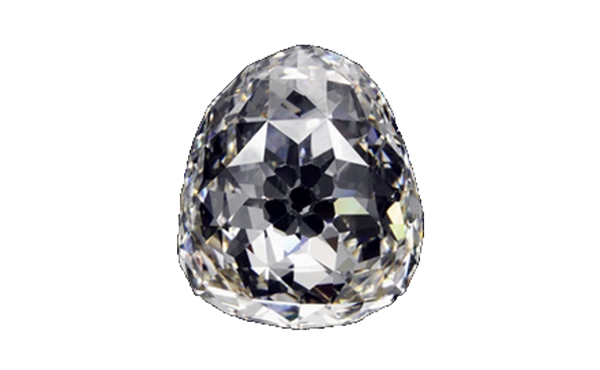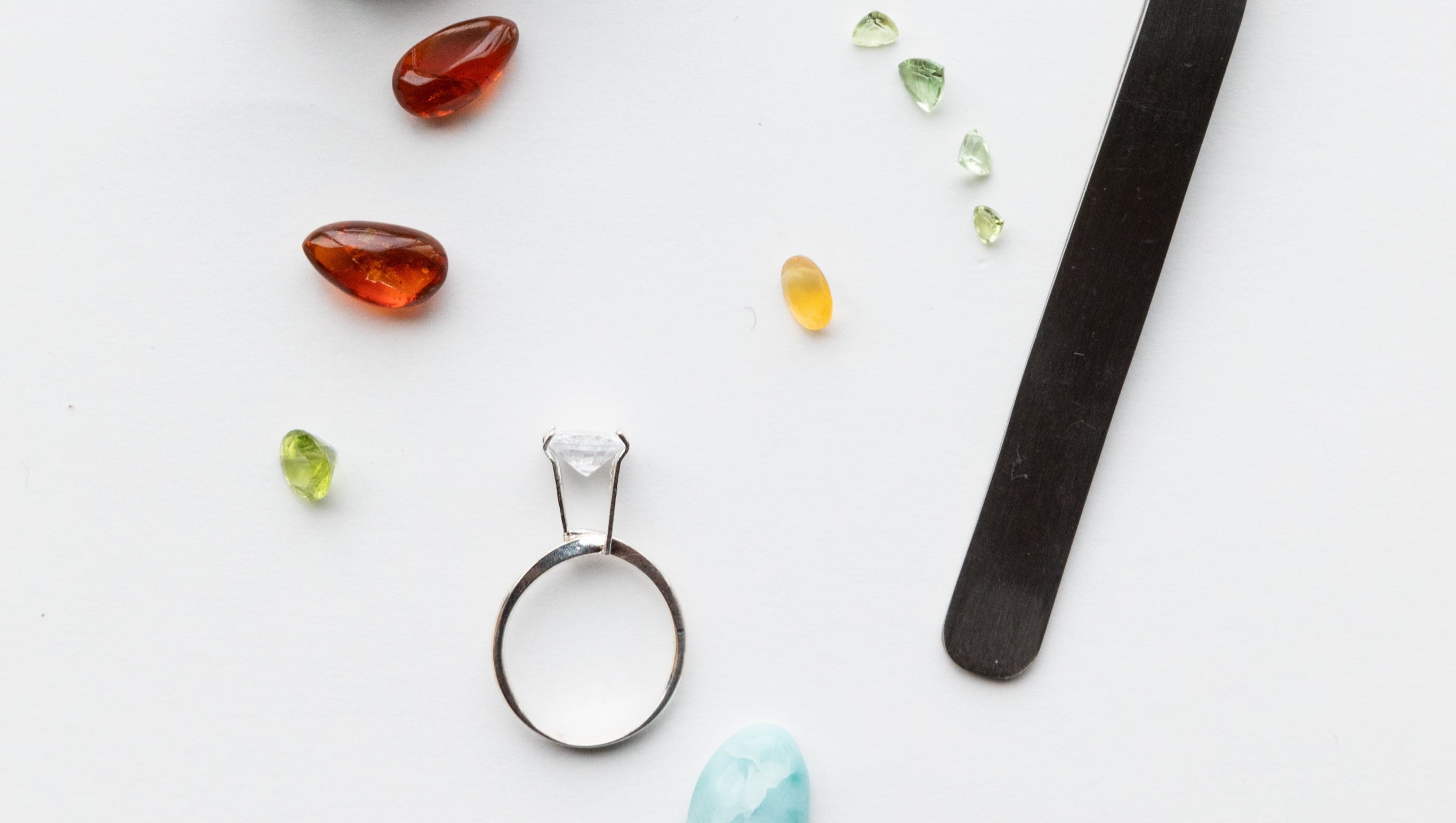 Cubic zirconia replica of the Beau Sancy diamond
Cubic zirconia replica of the Beau Sancy diamond At the time when the Beau Sancy diamond was cut in the 16th century, this special shape was a great innovation. Due to the large number of facets distributed over the entire surface of the diamond, the incoming light is reflected, scattered and refracted in many different ways, so that it shines back in the colors of the rainbow.
At that time, it was unusual that so much care was taken in cutting a gemstone. With the Beau Sancy diamond, its cutter Lodewyk van Berquem achieved a significant technical innovation, which ultimately culminated in the invention of the classic brilliant cut in 1910.
Characteristics of Beau Sancy
The Beau Sancy diamond has the shape of a briolette, which means that it has been cut in a teardrop shape and has approximately the same faceting on the top and bottom.
An alternative name for briolette is penduloque (derived from the French pendule = pendulum). Hanging earrings and chandeliers are also called penduloque, which is because the teardrop shape is also characteristic for them.
It was not until 2012 that the Beau Sancy diamond was certified by a gemological institute, the GIA (Gemological Institute of America), and its properties were defined.
It weighs 34.98 carats and has a clarity of SI1. As has long been suspected, the Beau Sancy is a rare type II diamond, which is characterized by its very high chemical purity and thus enchants with its exceptional transparency.
As for its pear cut, the Beau Sancy diamond is rose-cut on both the top and bottom. There are 55 facets on each side (110 in total). In the center, they are arranged around an eight-pointed star shape, the gemstone's identifying mark.
The History of the Beau Sancy Diamond
In the 16th century, the globetrotting French envoy Nicolas Harlay de Sancy purchased the Beau Sancy diamond along with another famous gem, the 55.23-carat Sancy diamond - both of which were named after him. A popular theory is that this purchase took place in Constantinople when the ambassador was at the court of Sultan Selim II - but some doubt this.
What is certain is that Nicolas Harlay de Sancy sold the Beau Sancy diamond to King Henry IV of France in 1604 and received 75,000 livres for it. The ruler gave it to his wife, Maria de Medici, after which the diamond adorned her queen's crown. In return, the Beau Sancy diamond was given a silver setting with gold prongs, which the gemstone has retained to this day.
Some time later, the queen became so deeply indebted that she had to sell the diamond, which found its new owner in Henry of Orange-Nassau.
In the next few years, the Beau Sancy diamond was to serve as a dowry in the Dutch House of Orange-Nassau several times: in 1647 for Maria Henrietta Stuart and in 1677 for the future English Queen Mary Stuart. The diamond remained in the possession of the House of Orange-Nassau for several more years before it was given to the Prussian royal court in 1702, where it was to adorn the royal crown.
From then on, the gemstone was owned by the House of Hohenzollern. In 2012, however, the owners auctioned the Beau Sancy diamond at Sotheby's auction house in Geneva, where it was purchased by an anonymous telephone bidder for the equivalent of 7.52 million euros.

